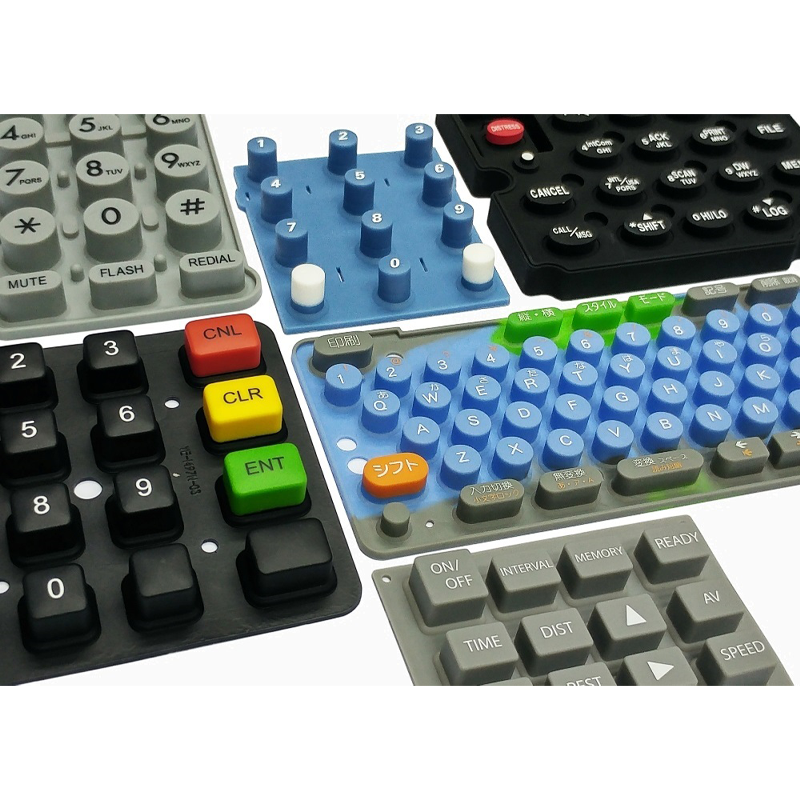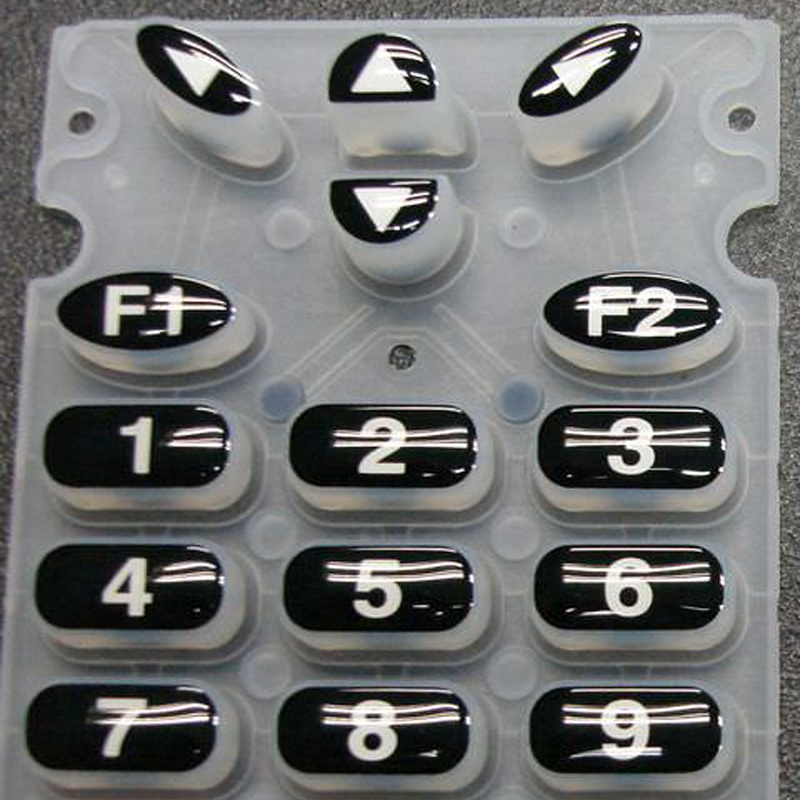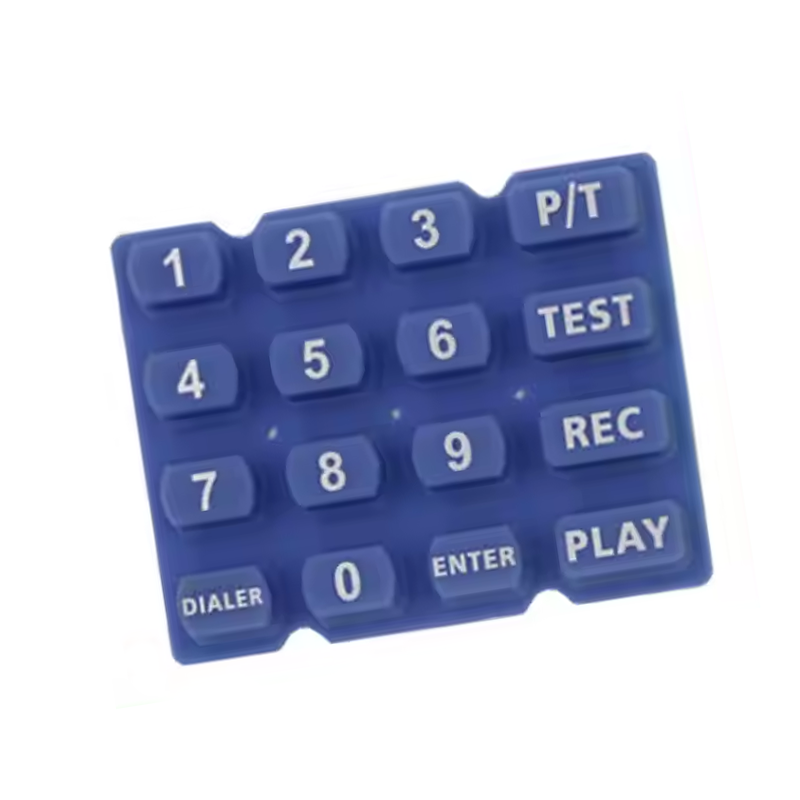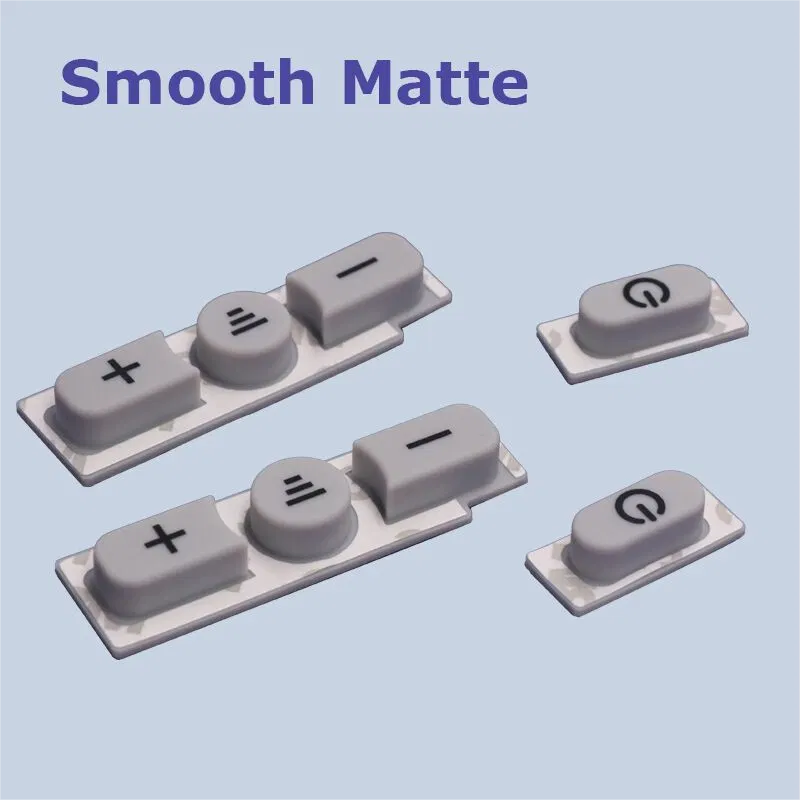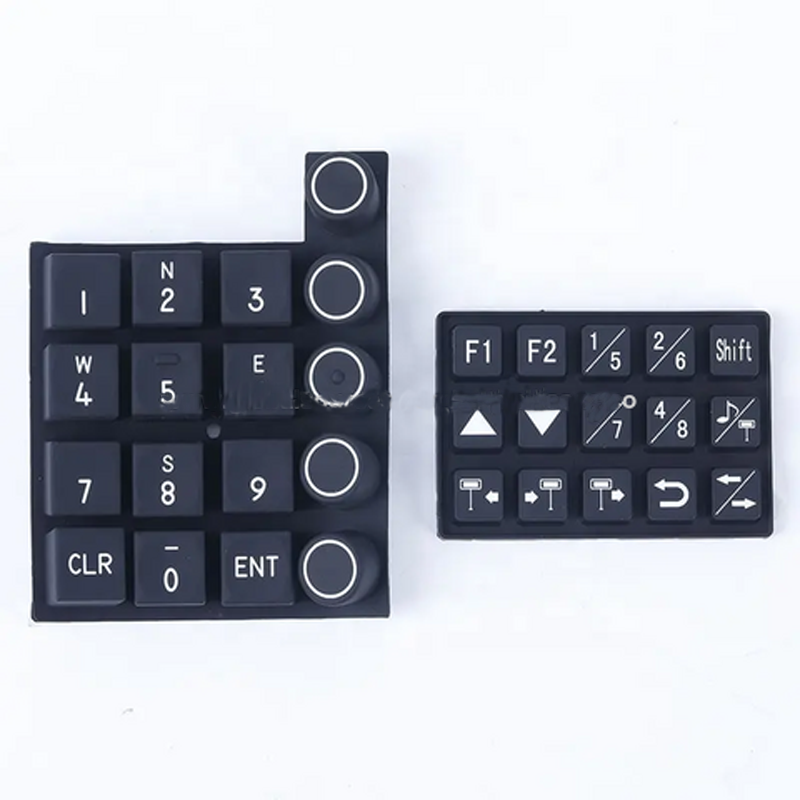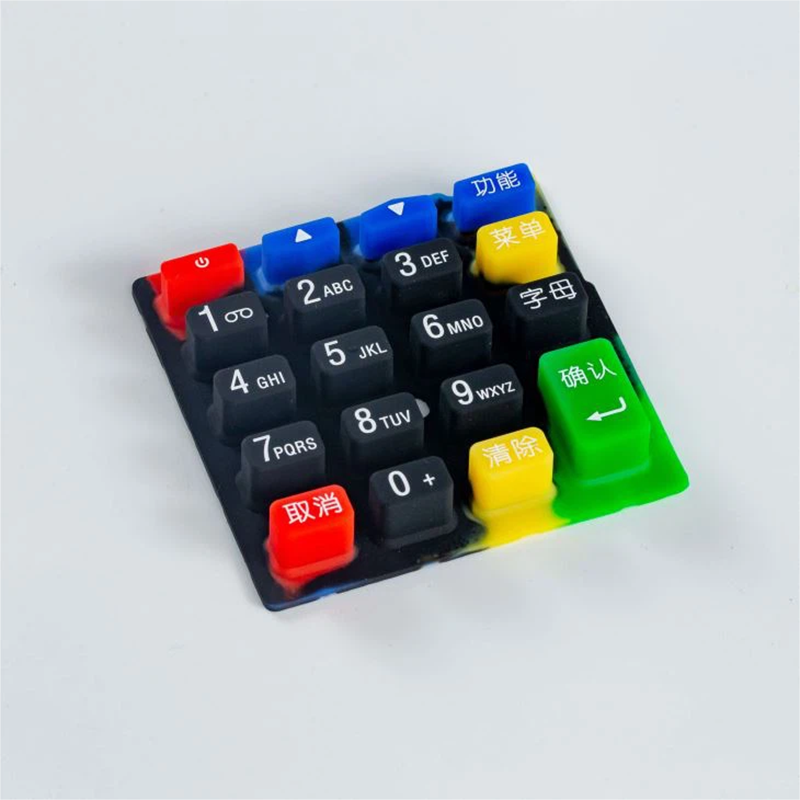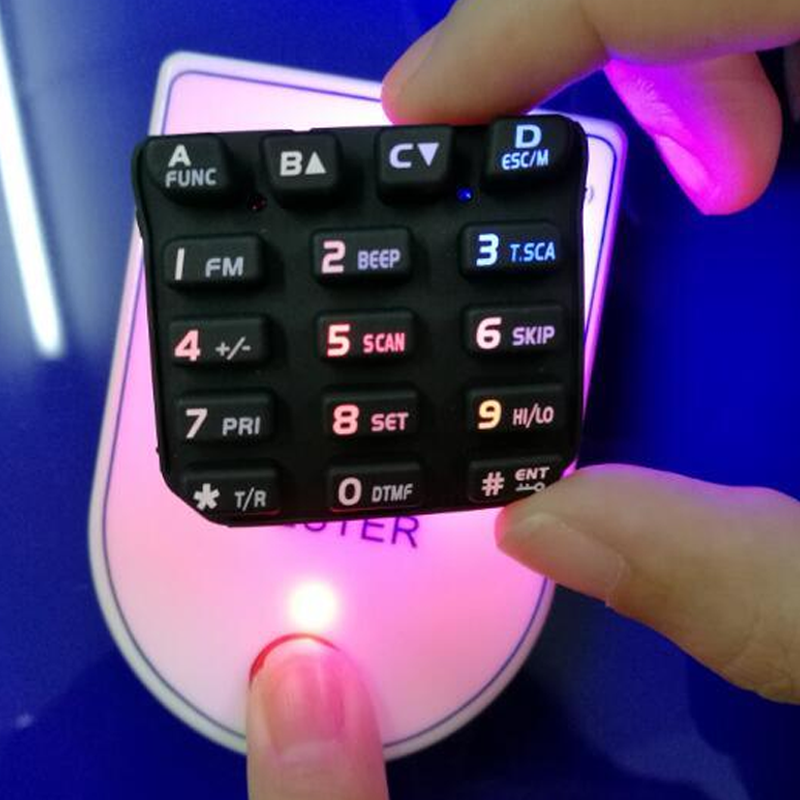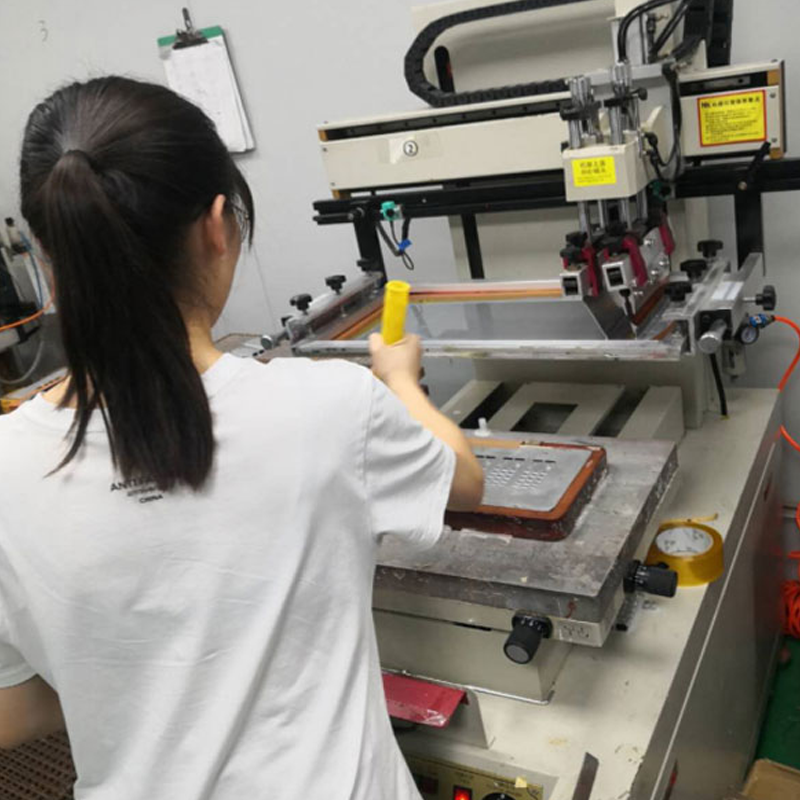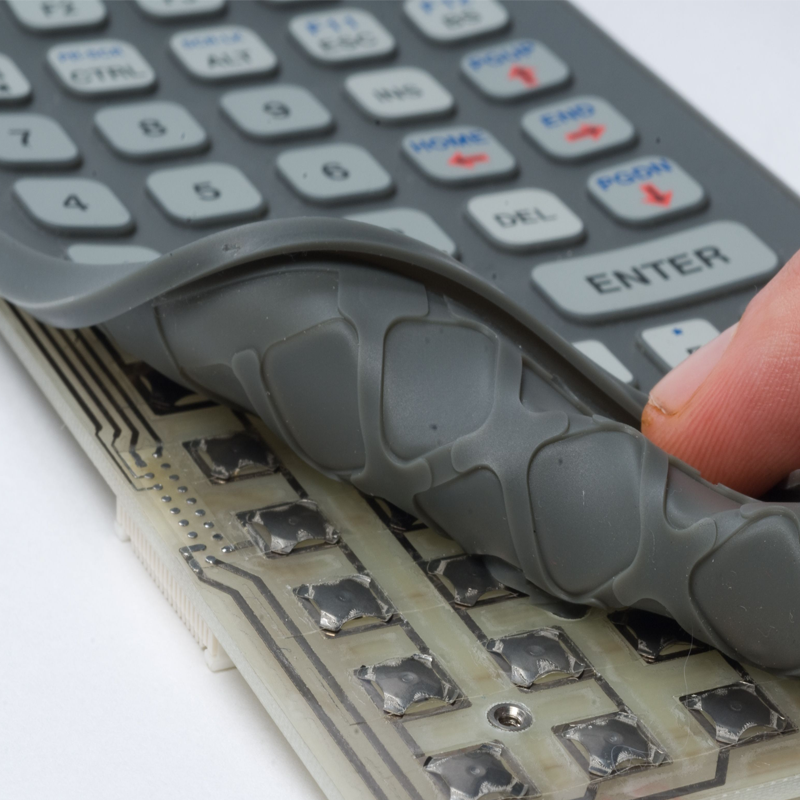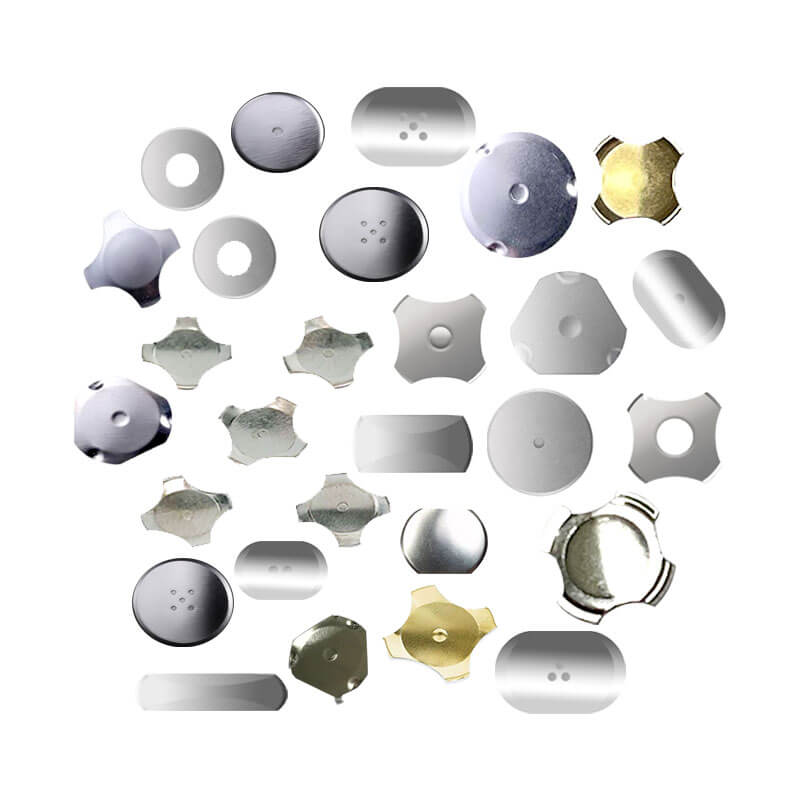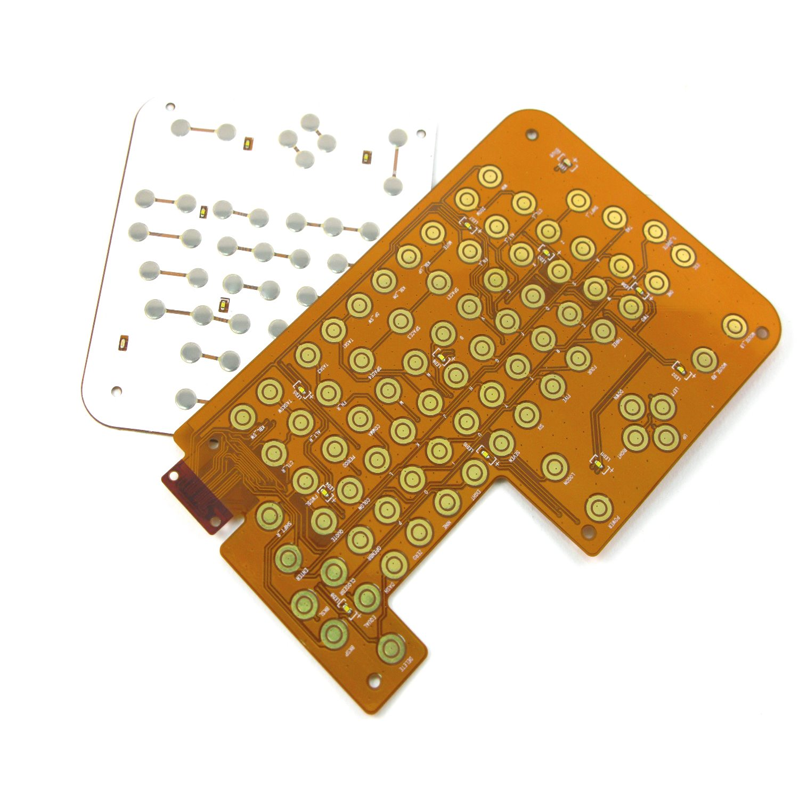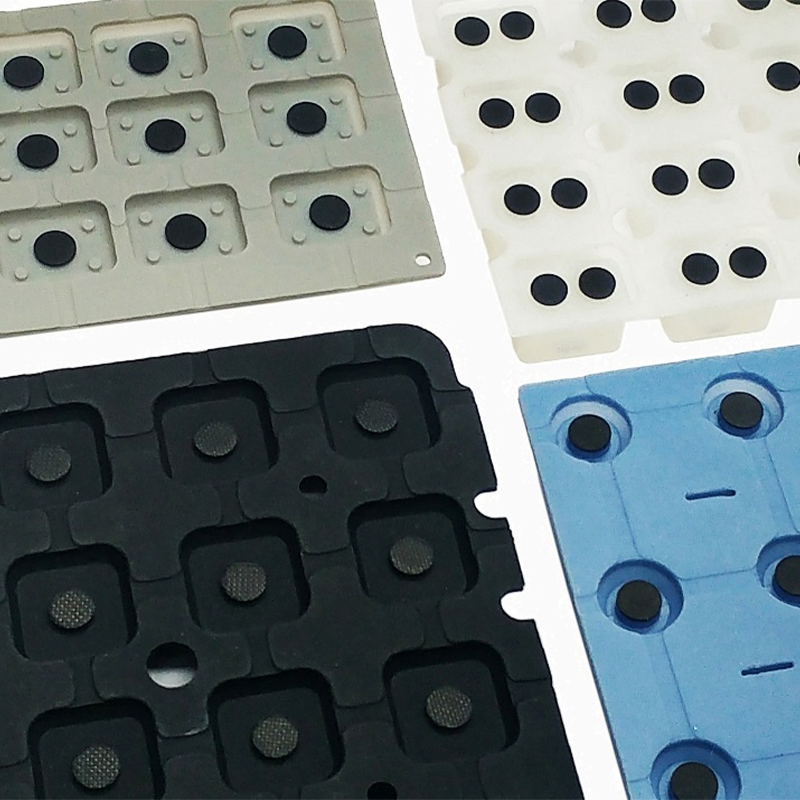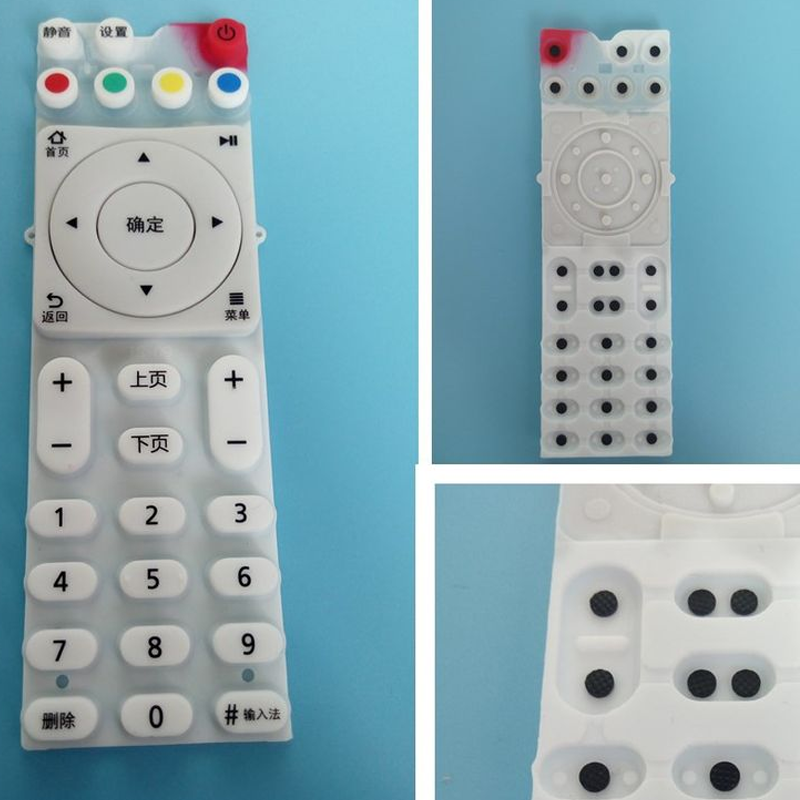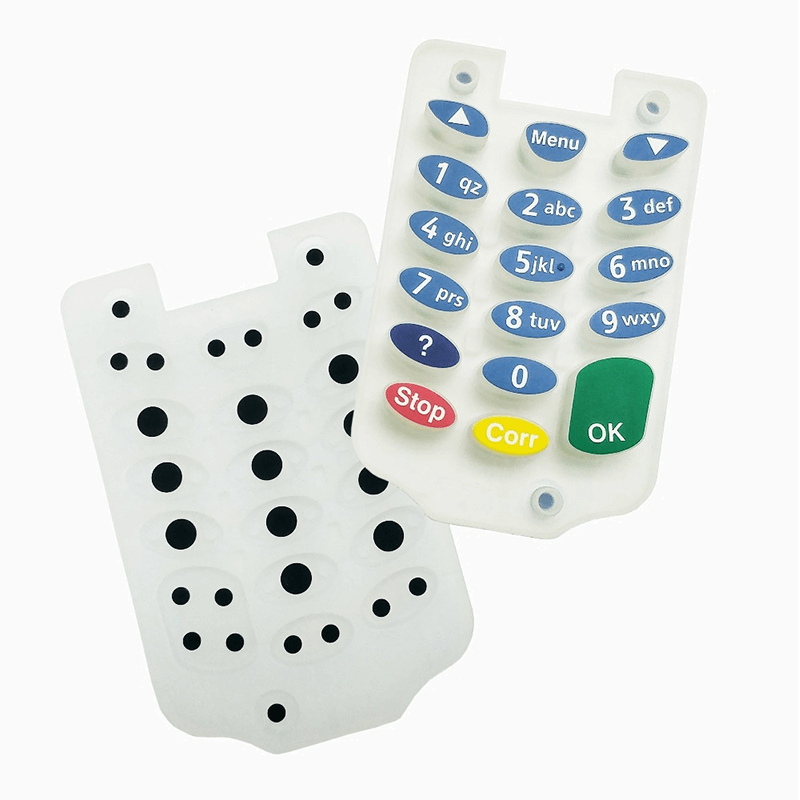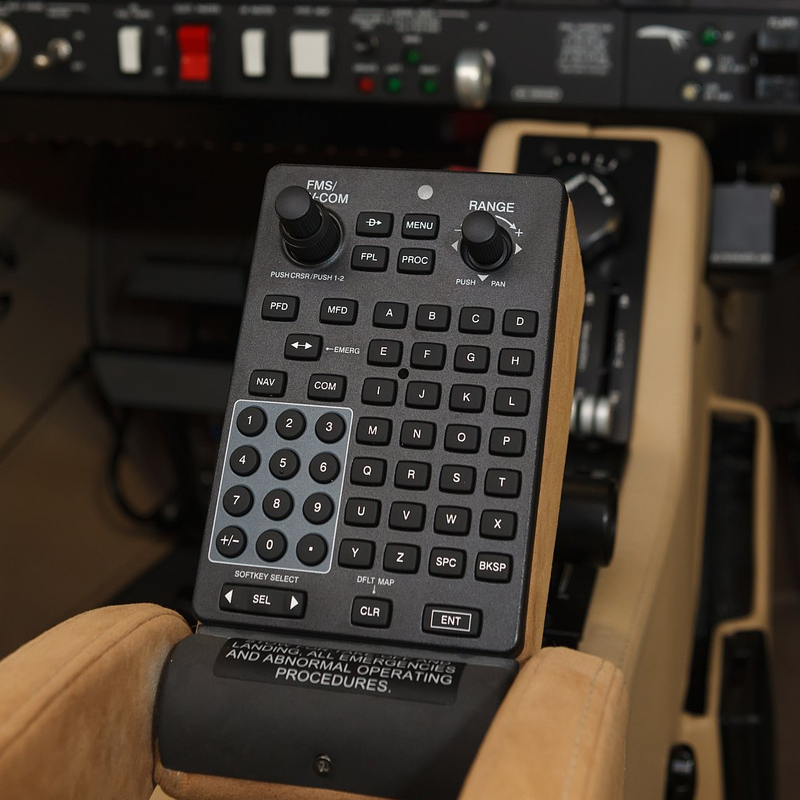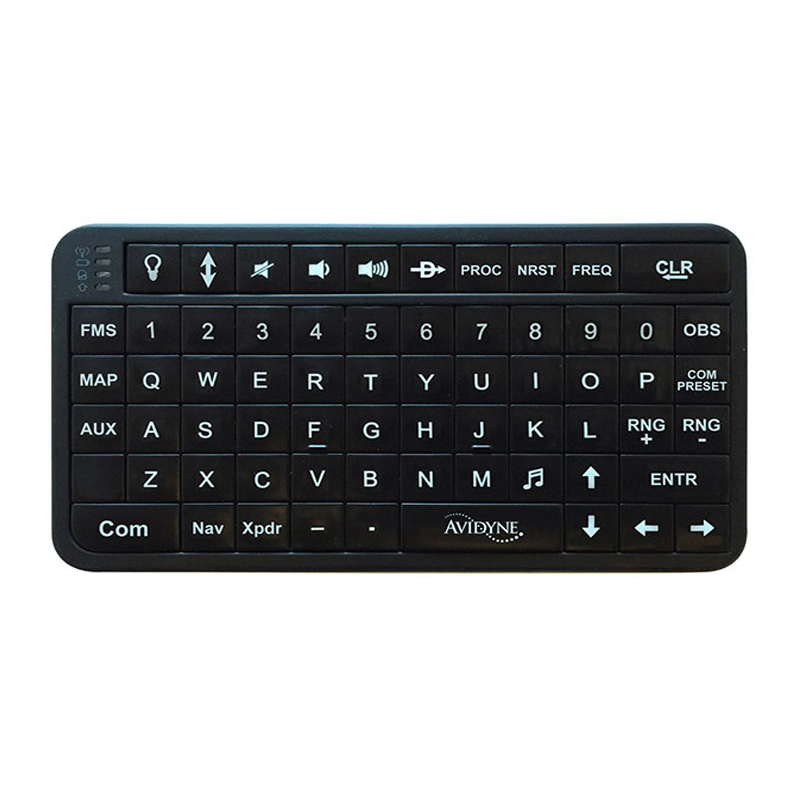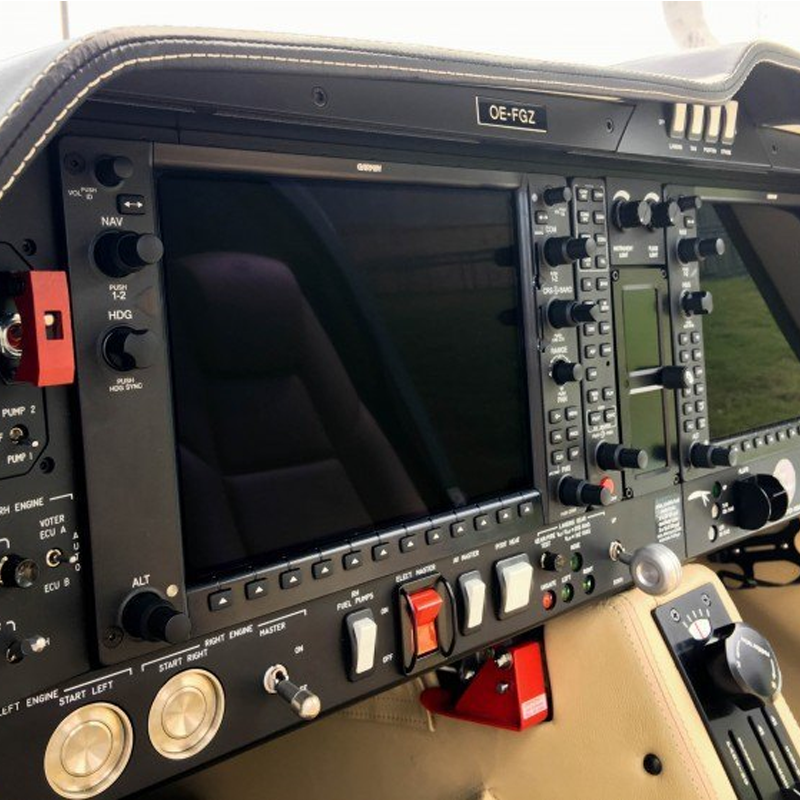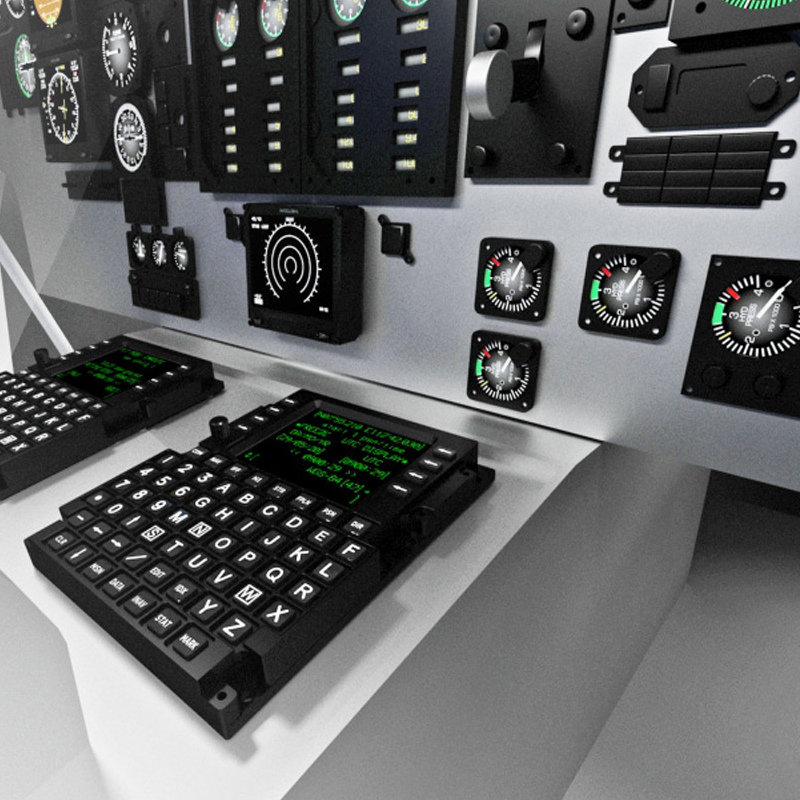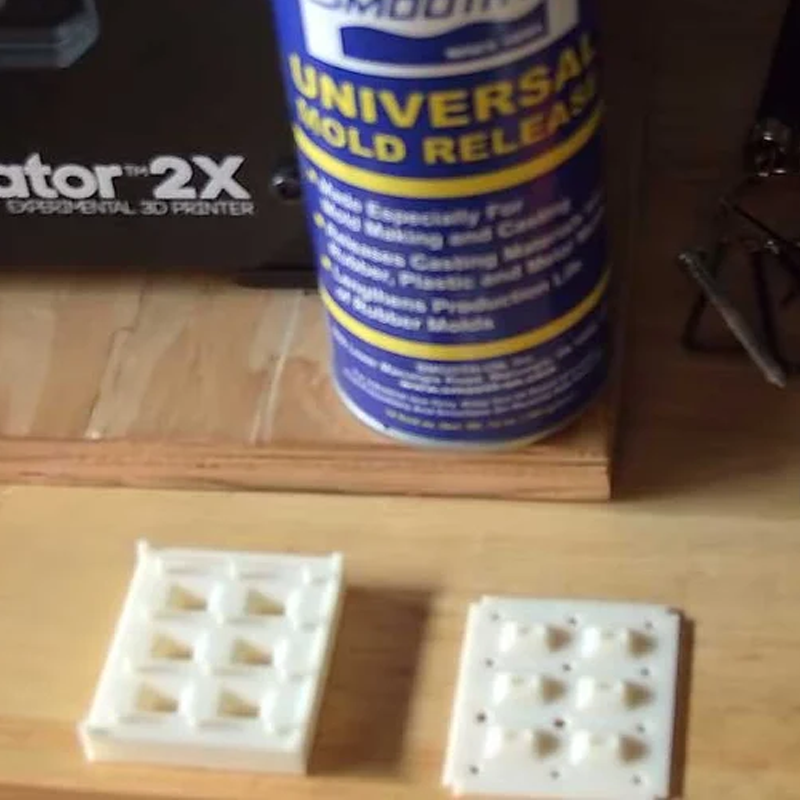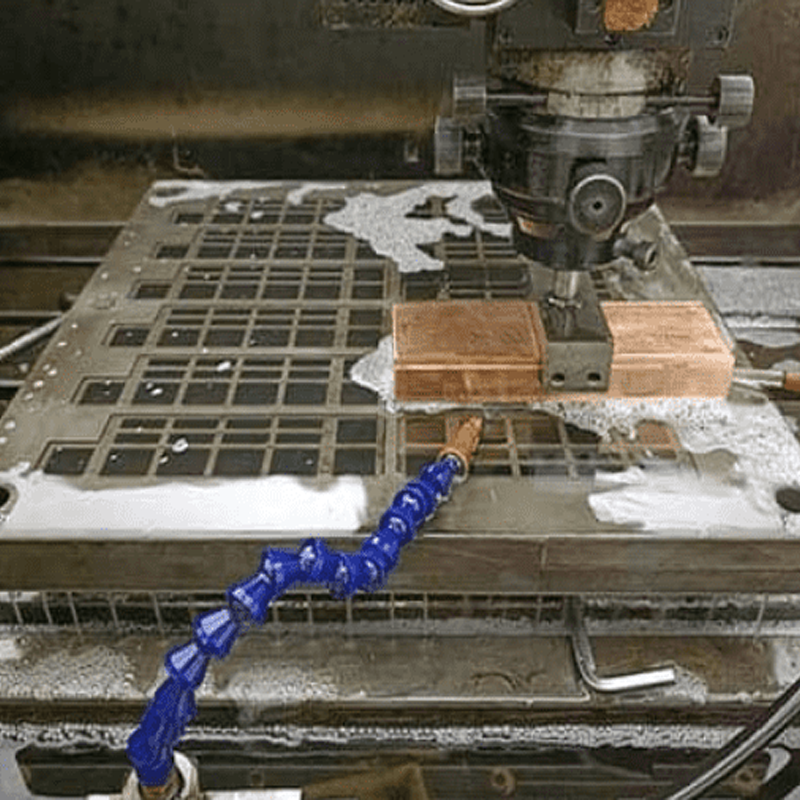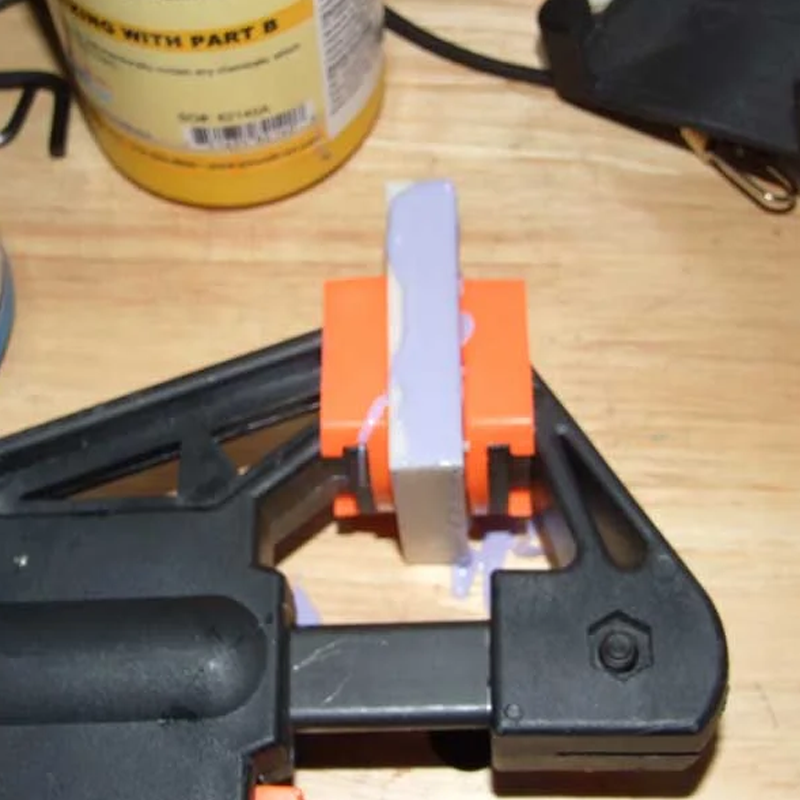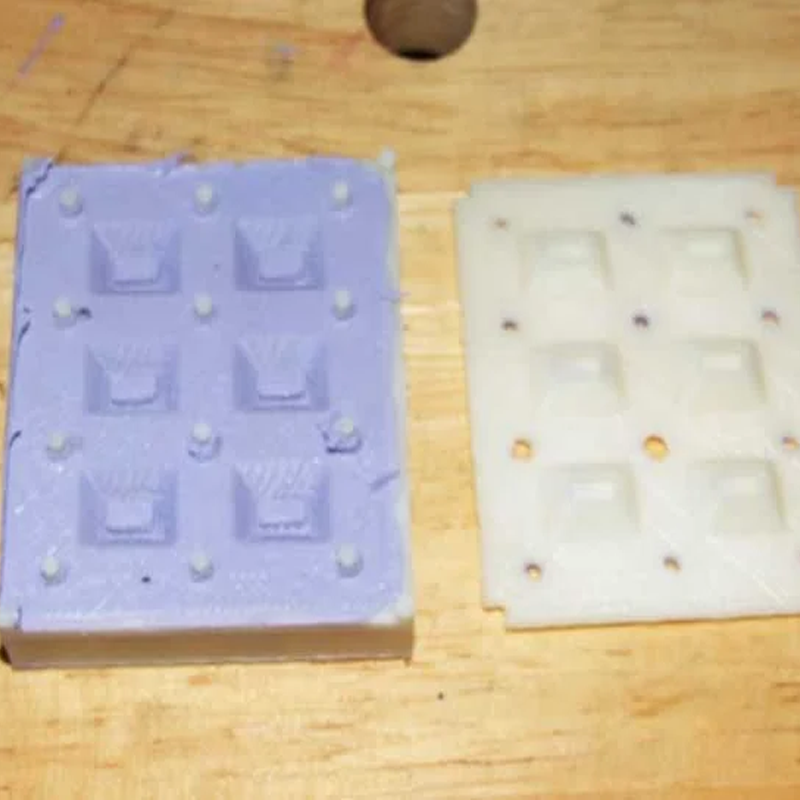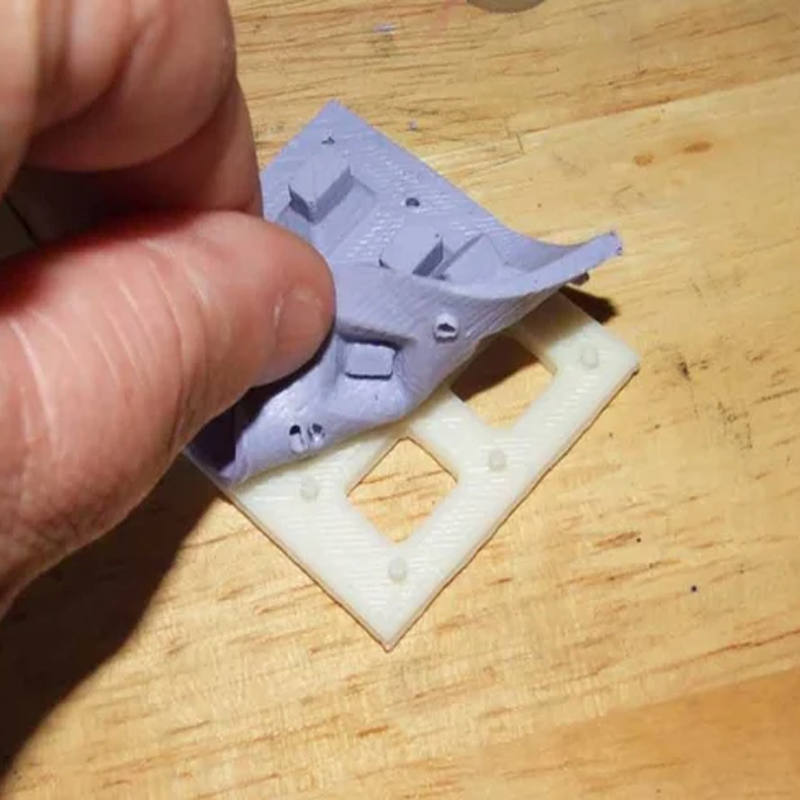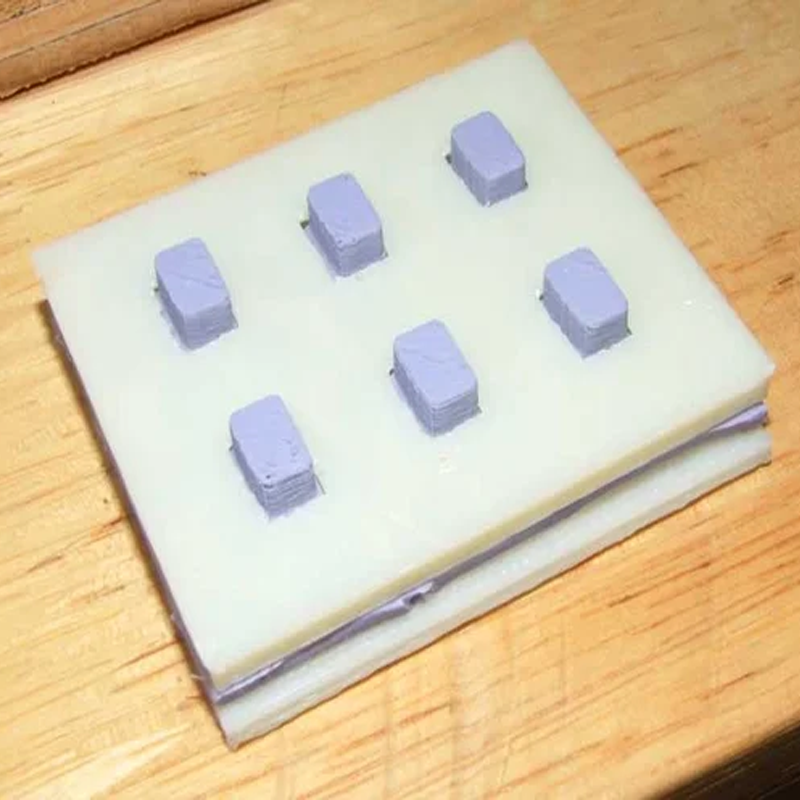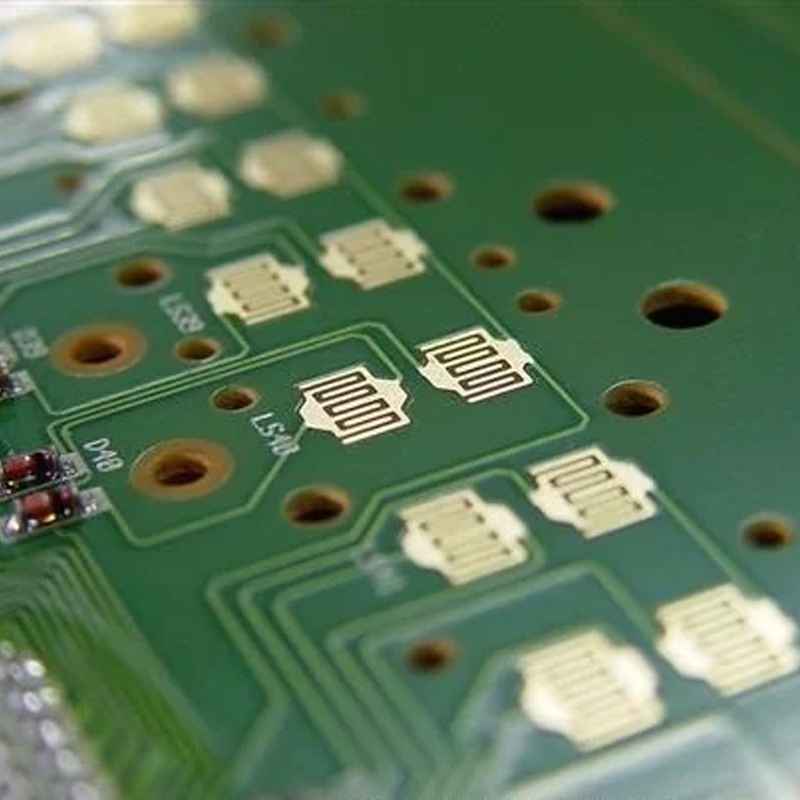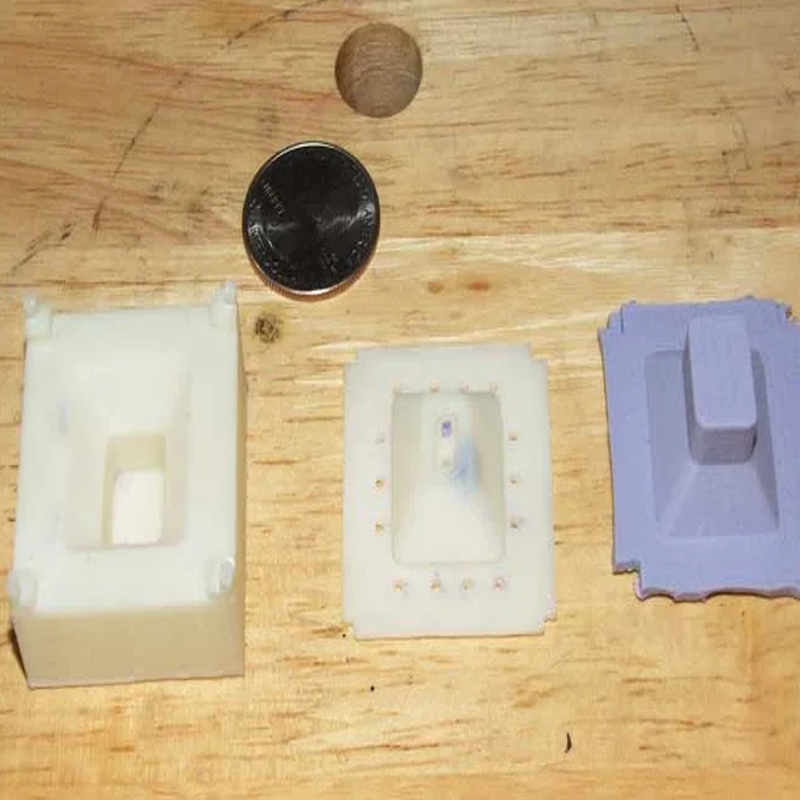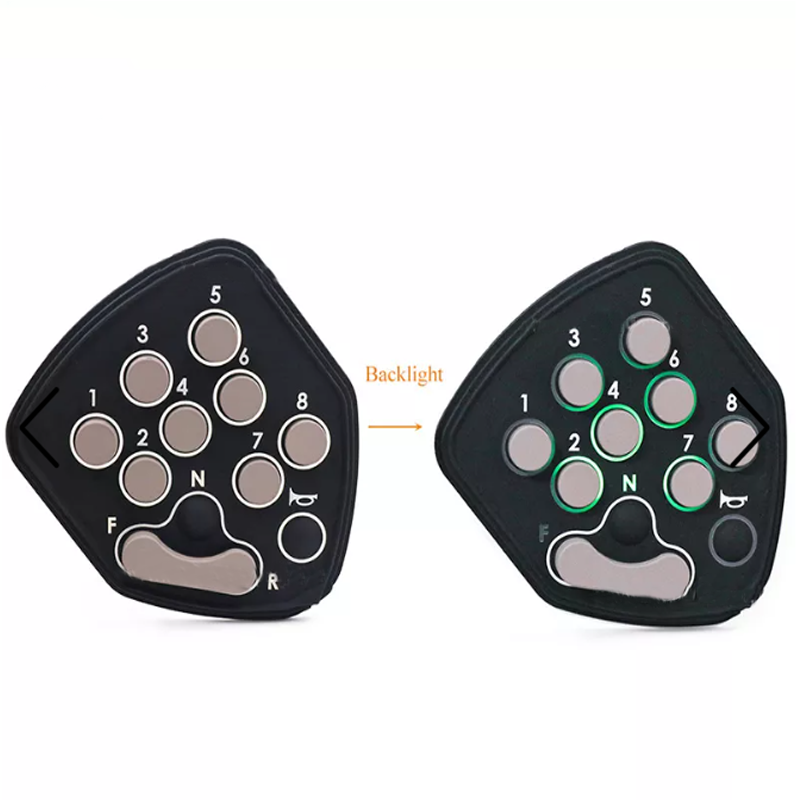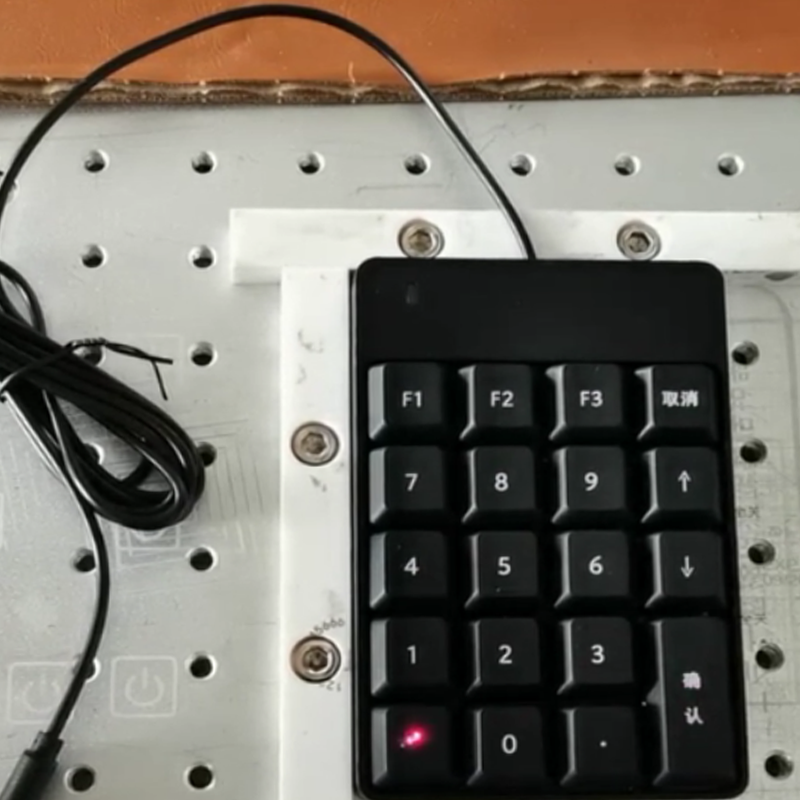In the realm of product development, particularly when designing silicone rubber keyboards, investing time in the prototyping phase can significantly influence the success of your final product. Silicone rubber keyboards are widely utilized across various sectors, including consumer electronics, automotive applications, medical devices, and industrial machinery. Known for their durability, flexibility, and resistance to environmental challenges, these keyboards offer numerous benefits. However, to ensure that your product aligns with specific requirements and user expectations, prototyping becomes an indispensable step in the design process. In this article, we will delve into the myriad advantages of prototyping silicone rubber keyboards.
Design Validation
One of the foremost benefits of prototyping is the opportunity to validate your design early in the development cycle. By creating a physical prototype, you can assess the look, feel, and functionality of the keyboard. This step is crucial for verifying that the design adheres to specifications regarding size, shape, and tactile feedback. Engaging in this validation process enables you to identify and rectify potential design flaws before they escalate into costly complications during manufacturing. By catching these issues early, you not only save resources but also streamline the overall production timeline.
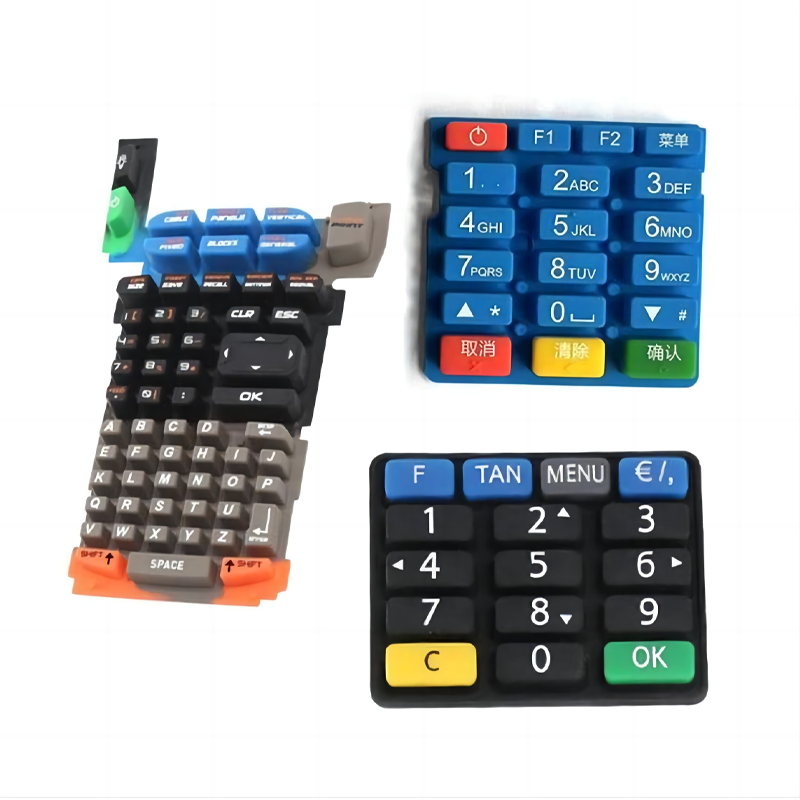
User Experience Testing
User experience plays a pivotal role in determining the success of your product. Silicone rubber keyboards are often integrated into devices that require frequent user interaction, such as remote controls, medical instruments, and industrial equipment. Prototyping offers a platform to gather valuable feedback from potential users or stakeholders, allowing you to refine the keyboard’s design based on real-world interactions. During this phase, you can evaluate critical factors such as button layout, actuation force, and tactile response. This iterative feedback loop is essential for ensuring that the keyboard meets or exceeds user expectations, ultimately leading to a more successful product.
Material Selection
The customization of silicone rubber keyboards extends beyond mere aesthetics; it encompasses critical material properties such as hardness, durometer, and color. Prototyping allows you to experiment with various silicone formulations, enabling you to identify the optimal material for your specific application. Testing different materials is vital for finding the right balance of durability, tactile feedback, and environmental resistance, including moisture and temperature fluctuations. By understanding how different materials perform in real-world scenarios, you can make informed decisions that enhance the overall quality and longevity of your product.
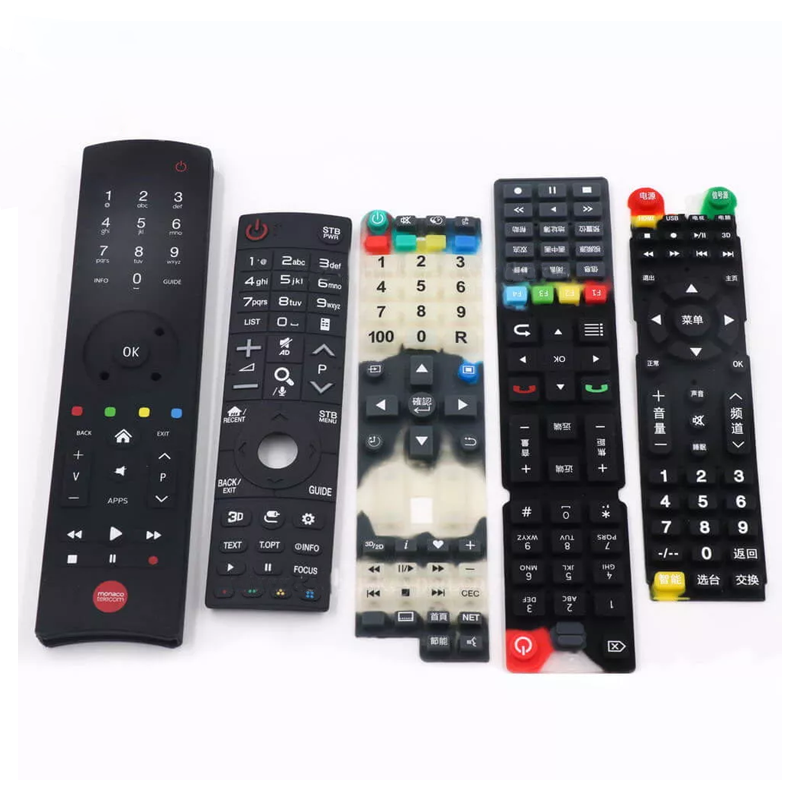
Functionality Testing
Prototyping also facilitates rigorous functionality testing of the keyboard. This includes evaluating electrical properties, ensuring that the conductive traces and contacts operate as intended. Testing the functionality of the keyboard is crucial for verifying that buttons register keypresses reliably and consistently, which reduces the risk of defects in the final product. By conducting these tests during the prototyping phase, you can identify and address potential issues early on, which not only enhances product reliability but also builds consumer trust.
Rapid Iteration
One of the standout advantages of prototyping is the ability to iterate quickly. If design issues arise or if feedback suggests areas for improvement, you can implement changes to the prototype without incurring significant costs or time delays. This agile approach allows you to refine your design continually until it meets the desired performance and user experience standards. Rapid iteration is especially beneficial in today’s fast-paced market, where responsiveness can determine a product’s success.
Cost Savings
While there is an initial cost associated with prototyping, this investment often leads to substantial long-term savings. By identifying and resolving design issues early in the development process, you can avoid expensive modifications and production delays that may arise later. Moreover, the prototyping phase allows you to optimize the manufacturing process for efficiency, potentially lowering production costs. This proactive approach ultimately contributes to a more streamlined workflow, which can be financially beneficial for your business.
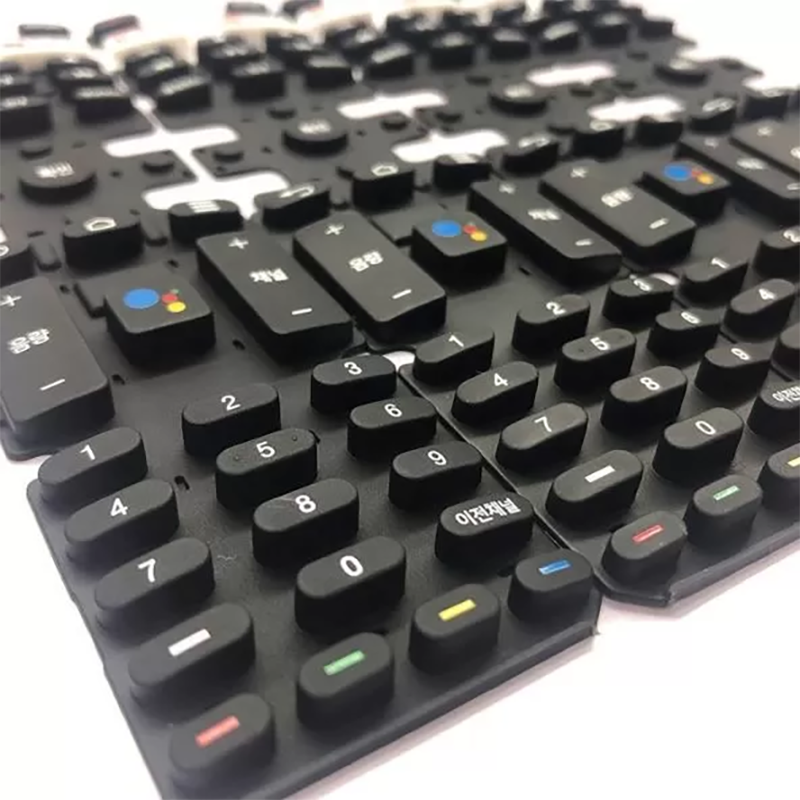
Reduced Time-to-Market
Another significant benefit of prototyping is its impact on the overall product development timeline. By expediting the design and validation phases, prototyping accelerates your journey to final production. Early identification and resolution of design flaws or user experience issues allow you to progress more swiftly toward market readiness. In competitive industries, this reduction in time-to-market can provide a substantial advantage, enabling you to introduce innovative products ahead of your competitors.
Conclusion
Prototyping silicone rubber keyboards is a vital step in the product development process that offers numerous benefits. From design validation and user experience testing to material selection and functionality assessment, each phase of prototyping plays a critical role in ensuring your final product meets the highest standards of quality and performance. By investing in prototyping, you can create a product that not only fulfills functional requirements but also delights users, paving the way for a successful market launch.
![]()
Our Capabilities
At Silkeyboard, we provide comprehensive engineering support for early design considerations. Our rapid prototyping services deliver parts within as little as two weeks, enabling you to move quickly through the development process. We invite you to reach out to our experienced team with any questions or inquiries about your silicone rubber products. Whether you prefer to email or call us, we are here to assist you in bringing your innovative ideas to life.
